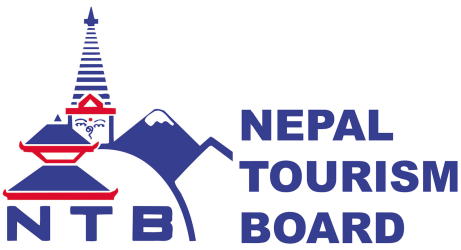Nepal is one of the richest countries in the world in terms of bio-diversity due to its unique geographical position and altitudinal variation. The elevation of the country ranges from 60 m above sea level to the highest point on earth, Mt. Everest at 8,848 m, all within a distance of 150 km resulting into climatic conditions from sub-tropical to Arctic.
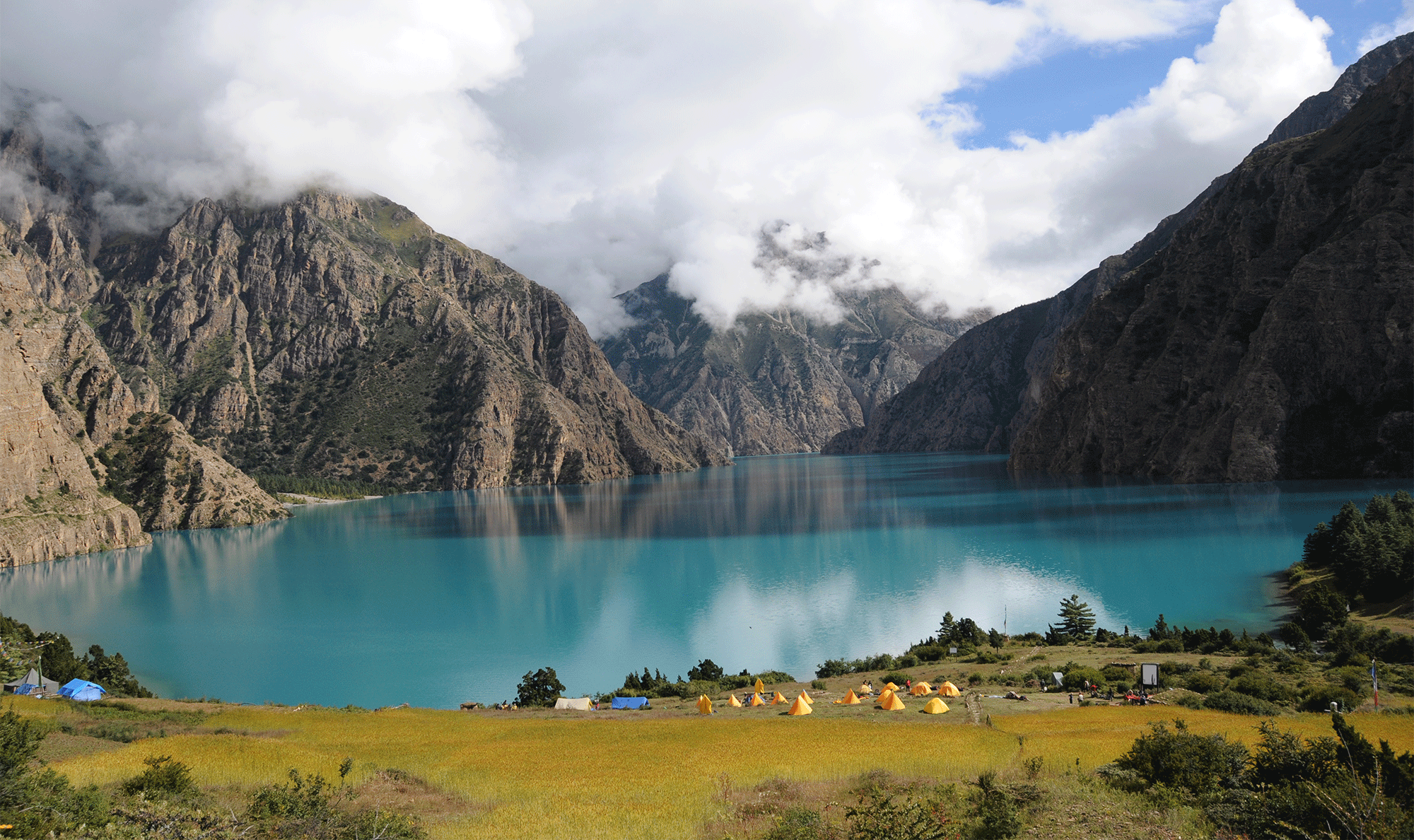
Nepal occupying only 0.1% of the total landmass of the earth is home to:
- 2% of all the flowering plants in the world
- 8% of the world’s population of birds (more than 848 species)
- 4% of mammals on earth
- 11 of the world’s 15 families of butterflies (more than 500 species)
- 600 indigenous plant families
- 319 species of exotic orchids
Area 147,181 sq. km
Location Situated between China in the north and India in the south, east and west
Capital Kathmandu
Population 25.8 million
People Nepal has more than 101 ethnic groups and 92 spoken languages.
Language Nepali is the national language; travel-trade people understand and speak English as well.
Religion Nepal is a secular state with a pre-dominance of Hindu and Buddhist population.
Currency Nepali Rupee (approximately US$ 1 equals Rs. 112.78 as of May 2019)
Political System Federal Democratic Republic
Climate Nepal has four major seasons (1) Winter: December-February, (2) Spring: March-May, (3) Summer: June-August, (4) Autumn: September-November. Monsoons are from June till mid September. Nepal can be visited the whole year round.
What to Wear Light weight clothing is recommended from May through October. Warm garments are required in October-March. An umbrella or a raincoat is a must for the rainy season.
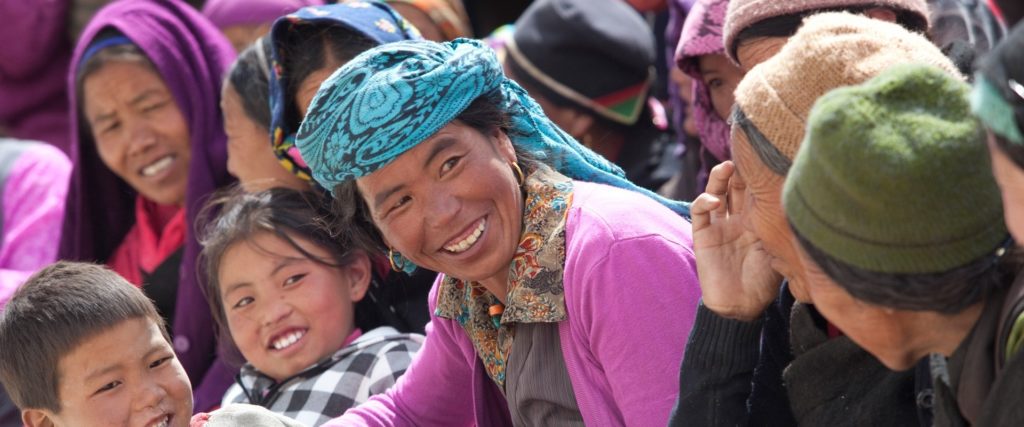
ENTRY PROCEDURES
a) Tourist Visa
| Visa Facility | Duration | Fee |
| Multiple entry | 15 days | US$ 25 or equivalent convertible currency |
| Multiple entry | 30 days | US$ 40 or equivalent convertible currency |
| Multiple entry | 90 days | US$ 100 or equivalent convertible currency |
b) Gratis (Free) Visa
- Gratis visa for 30 days available only for nationals of SAARC countries.
- Indian nationals do not require visa to enter into Nepal.
(For further information, please contact Department of Immigration, Kalikasthan, Kathmandu, Tel: +977-1-4429659, Web: www.nepalimmigration.gov.np )

WORLD HERITAGE SITES
There are four UNESCO World Heritage Sites in Nepal. Two are in cultural category and two are in natural category. World Cultural Heritage Sites of Nepal are: Lumbini, the birth place of Lord Buddha, and seven monuments of Kathmandu valley within a radius of 20 km (together counted as one Heritage Site). The World Natural Heritage Sites are Chitwan and Sagarmatha National Parks. Kathmandu valley World Heritage Site comprises of three historical palaces Kathmandu, Patan and Bhaktapur Durbar Squares; two Buddhist stupas Swayambhunath and Bouddhanath; and two Hindu temples Pashupatinath and Changu Narayan. Nepal offers incomparable scope to connoisseurs of art and culture to see and study different aspects of fine arts in its paintings, sculpture, wood carving and architecture.
Nepal’s Unique Treasures
Mt. Everest Highest Point on Earth

Kumari The Living Goddess
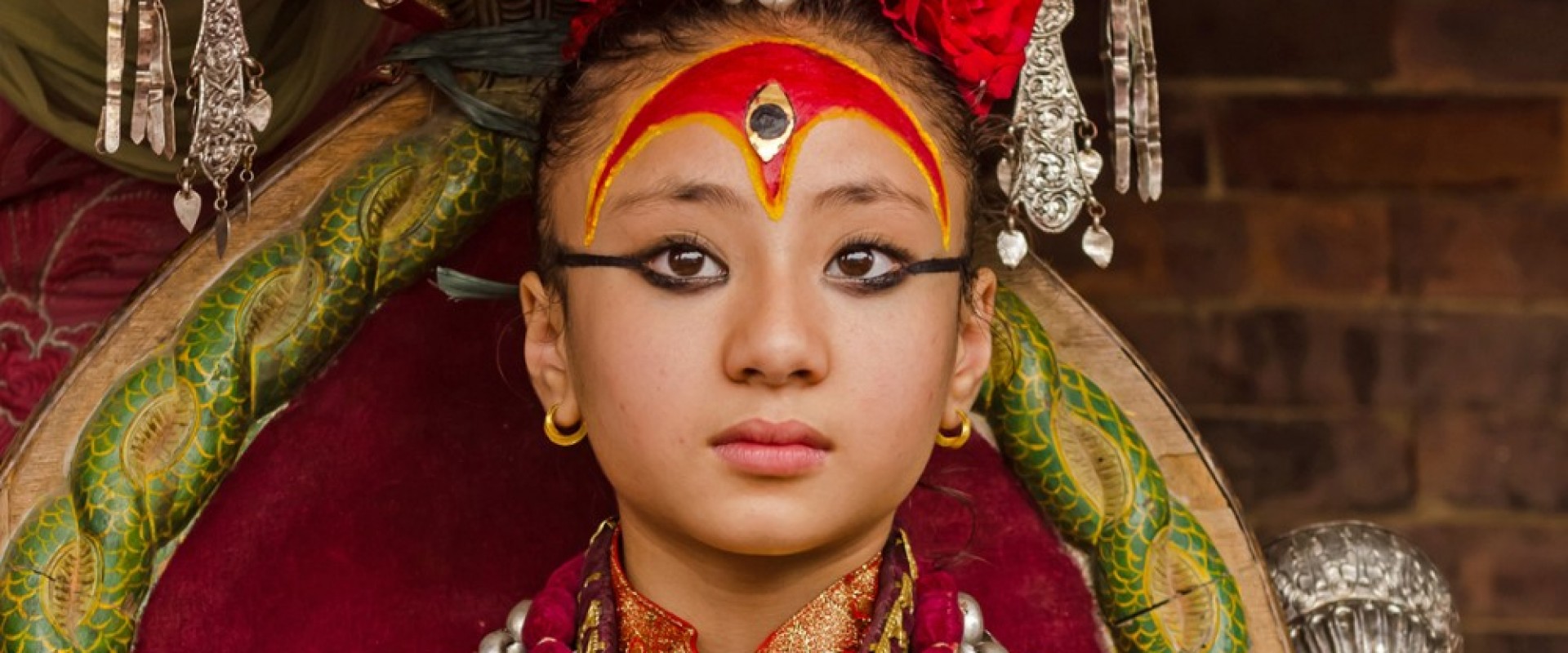
Lumbini- Birth Place of Lord Buddha

Outdoor Attractions & Activities
Few destinations in the world can match Nepal in the variety of world-class experience be it mountaineering, trekking, mountain biking, nature tours, culture tours, pilgrim tours, white-water-rafting, canyoning (cascading), kayaking, canoeing, mountain flights, pony trekking, jungle safaris, bird watching, fishing/ angling, paragliding, ultra-light aircraft ride, bungy jumping; we have it all. Special interest tours like orchid tours, culture trek, honey hunting, village tours, fossil hunting, meditation courses, Shamanism-Panimism tour, cave tours, snow leopard and blue sheep trek and other kinds of tours are carried out for select groups throughout the year. For organizing your tours, please contact: Nepal Association of Travel and Tour Agents (Tel: 4418661, 4419409, Web: www.natta.org.np) or Nepal Association of Tour Operators (Tel: 4418999, Web: www.nepaltouroperators.org).
Trekking
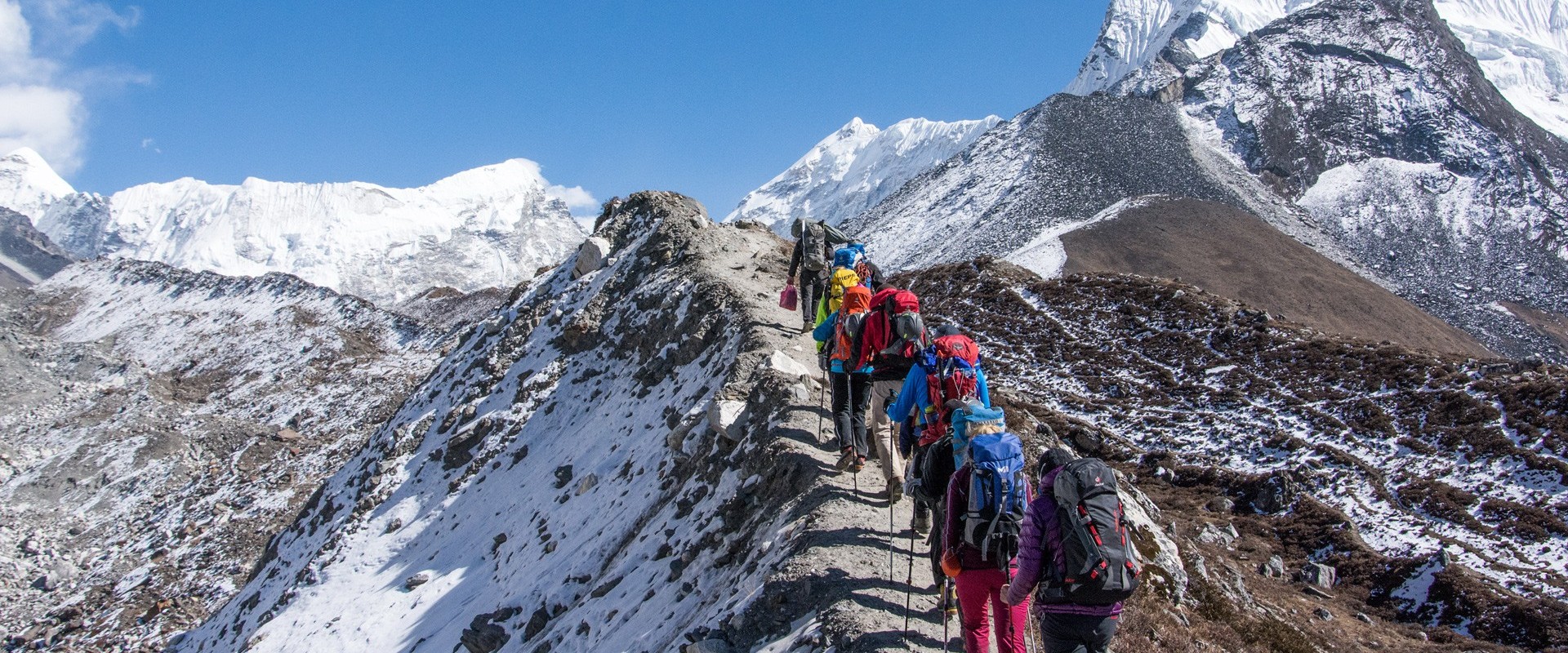
Mountaineering
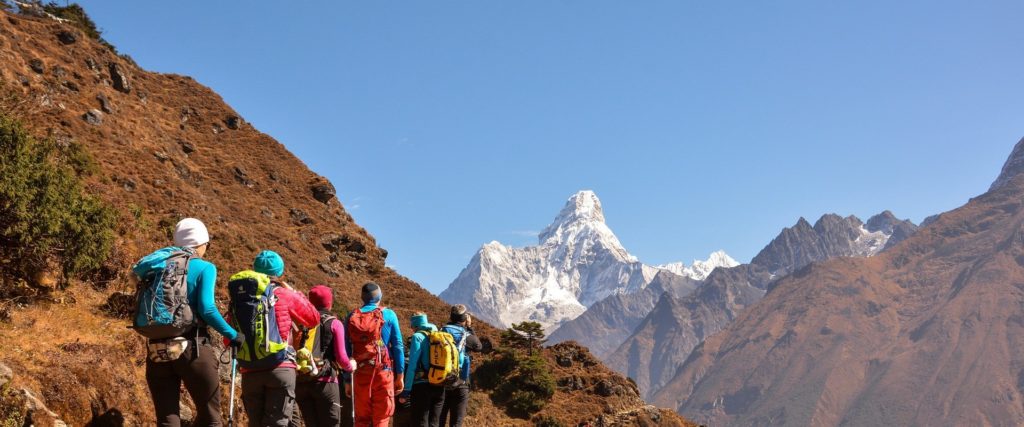
Rafting/Kayaking/Canyoning
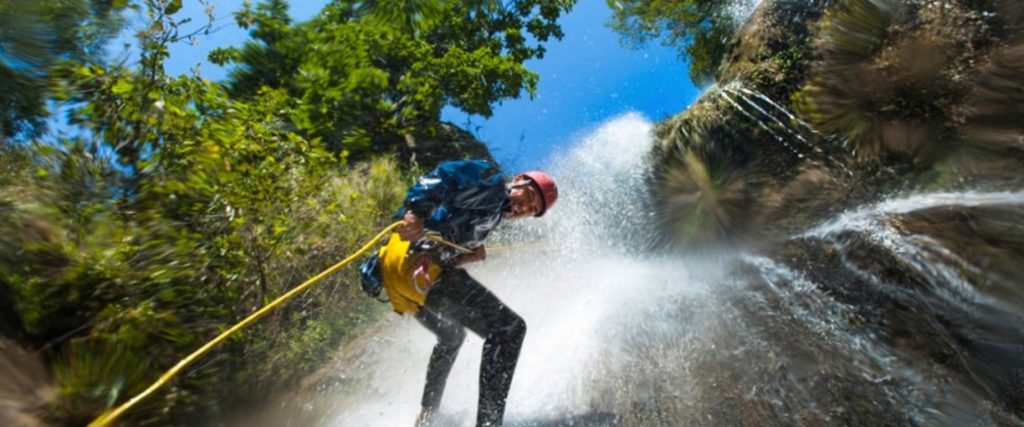
Village Tours
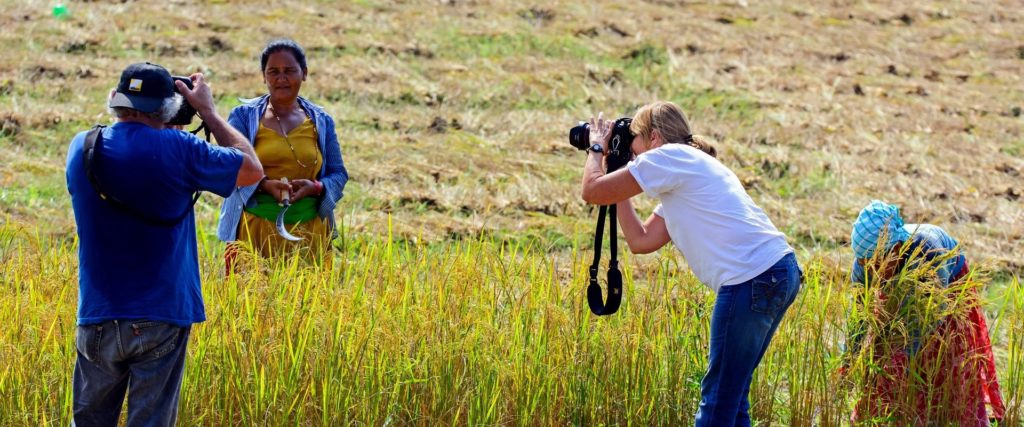
For More Information:
Nepal Tourism Board
Tourist Service Center
Post Box: 11018
Bhrikutimandap, Kathmandu, Nepal
Tel: +977-1-4256909 Fax: +977-1-4256910
E-mail: info@ntb.org.np
Web: www.welcomenepal.com
